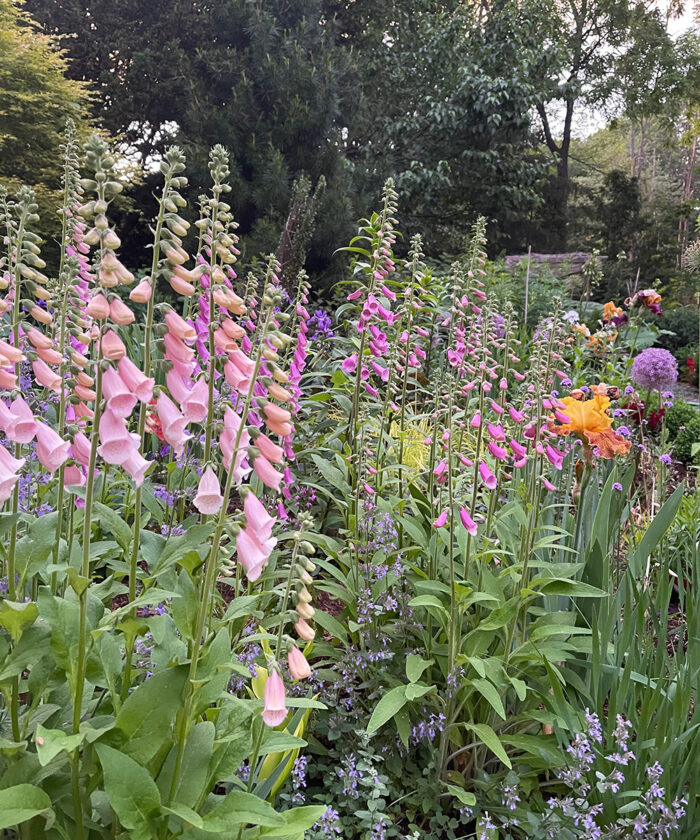
Look no further than the theater if you want to add some real impact to your perennial or flower garden. After all, a garden is essentially a living stage, so why don’t we apply some of the same principles used by set designers and those staging plant displays at flower shows? Their biggest secret? Multiples and mass plantings of a single variety in a single color will always impress.
I know, I know—we’ve all heard these tips before: “Plant in drifts,” and “Multiples of three or five are best.” But not only do few of us practice these so-called rules when at the garden center—when everything is tempting us—but many landscape designers know that it’s not really about threes and fives at all, but more like tens and twenties, or more. The problem is, who has a budget to do that?
Two Ideas to More Easily Afford Mass Plantings
You can start with one perennial and, through the power of annual division, end up with the desired look in just a few years. Still, there are shortcuts to achieving the same effect.
Idea 1: Use more affordable annuals planted in significant quantities.
Imagine 25 or 30 snapdragons (Antirrhinum majus, Zones 7–10) planted in a single, bold drift, compared to a measly display created with the oft-recommended three or five plants. OK, maybe it’s a half-dozen plants if you bought a six-pack. Either way, the lack of impact not only will be apparent, but it could almost be a waste of money, or at the very least, a missed opportunity.
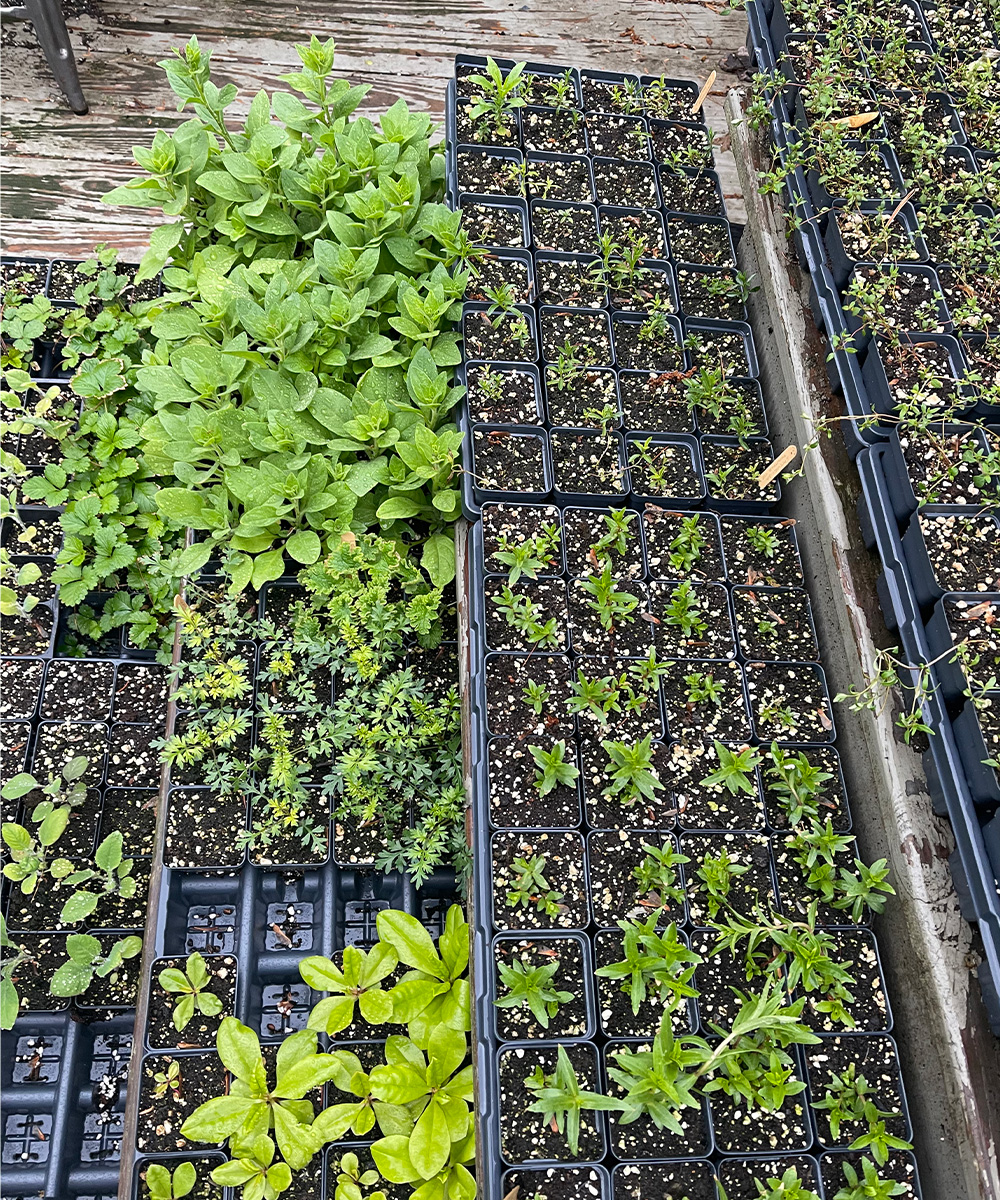
In summer, if you raise your own annuals from seed, the effect is even easier to achieve with dozens and dozens of cosmos (Cosmos bipinnatus cvs., annual), marigolds (Tagetes spp. and cvs., annual), or zinnias (Zinnia elegans cvs., annual). These annuals are all affordable and easily raised from seed through sowing in outdoor flats in late spring or early summer.
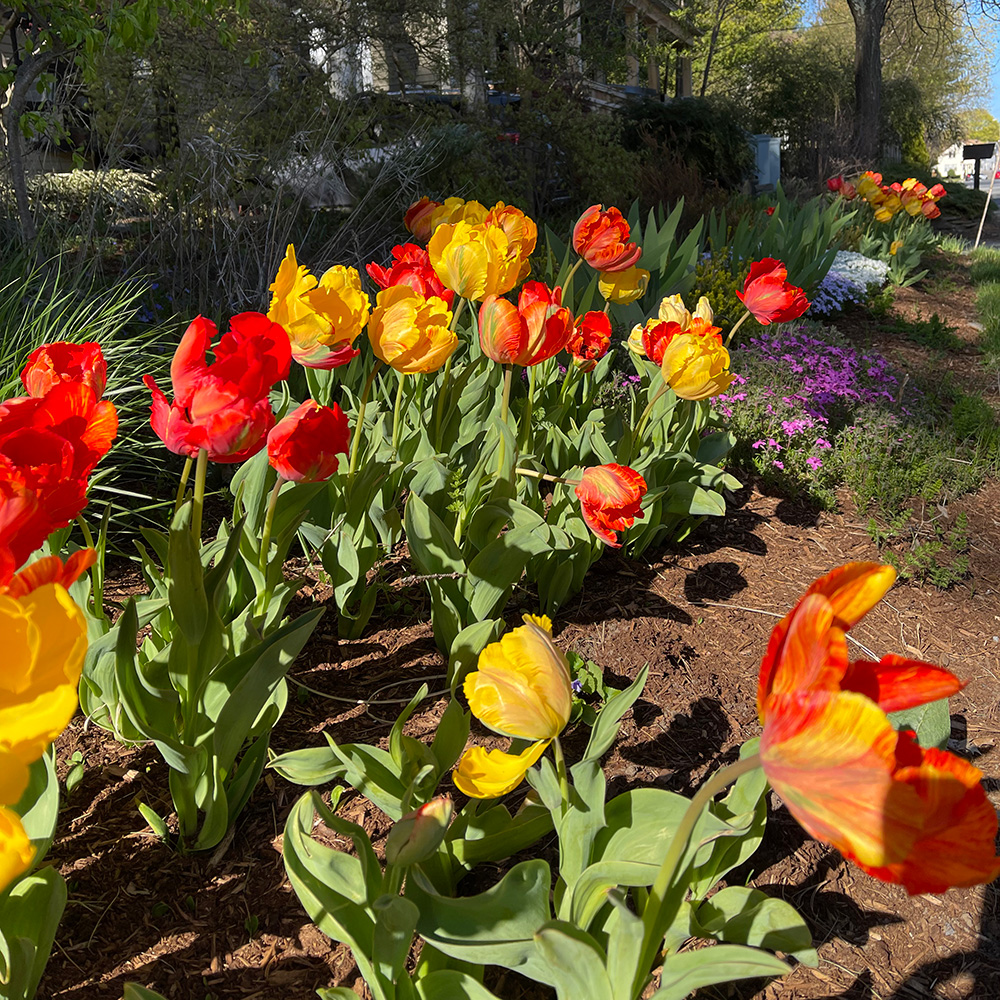
Idea 2: Use affordable spring or summer bulbs, which also tend to be on the cheap side, as mass plantings.
In spring, tulips (Tulipa spp. and cvs., Zones 3–8) and other spring-blooming bulbs are a natural choice for planting in multiples, and we’ve all seen the difference between 10 tulips planted together versus 50 or 100.
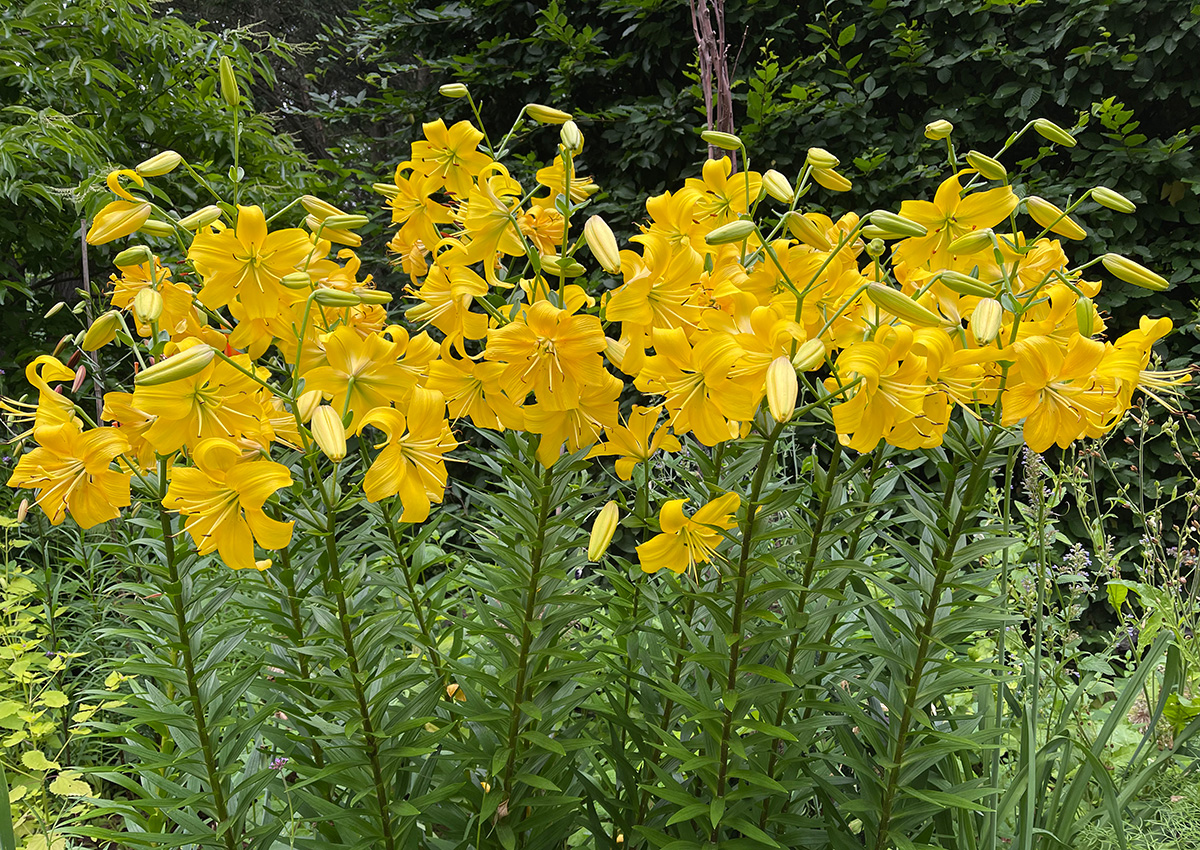
Summer-blooming bulbs are even more of a bargain, as they return and often multiply with each consecutive year. True lilies (Lilium spp. and cvs., Zones 3–9) are star performers in this way, as most increase in number over time, and they are surprisingly affordable. Consider this: A dozen or even two dozen lily bulbs cost about the same as a single rhododendron (Rhododendron spp. and cvs., Zones 3–9) or one of the newer hydrangeas (Hydrangea spp. and cvs., Zones 3–9) in a 5-gallon pot. Yet when planted together in a massive group of say, thirty? No hydrangea can compete with that display!
While not every plant in the garden needs to be, or even should be, planted in multiples (some plants are larger or act better as focal points), a few larger shows scheduled throughout the gardening season can fit within anyone’s budget.
For more design tips on planting in multiples, check out:
—Matt Mattus is the author of two books: Mastering the Art of Flower Gardening and Mastering the Art of Vegetable Gardening. He gardens in Worcester, Massachusetts.
Fine Gardening Recommended Products

Attracting Beneficial Bugs to Your Garden, Revised and Updated Second Edition: A Natural Approach to Pest Control
Fine Gardening receives a commission for items purchased through links on this site, including Amazon Associates and other affiliate advertising programs.

Ho-Mi Digger - Korean Triangle Blade
Fine Gardening receives a commission for items purchased through links on this site, including Amazon Associates and other affiliate advertising programs.

Corona® Multi-Purpose Metal Mini Garden Shovel
Fine Gardening receives a commission for items purchased through links on this site, including Amazon Associates and other affiliate advertising programs.



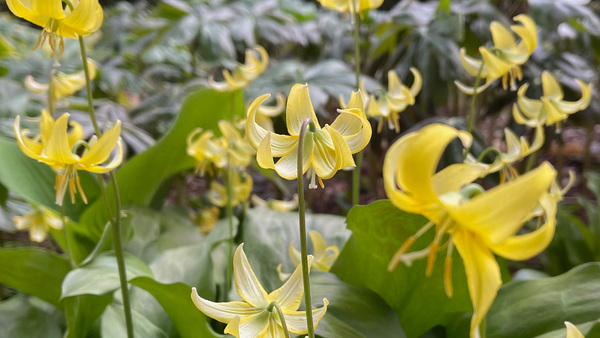















Comments
Log in or create an account to post a comment.
Sign up Log in